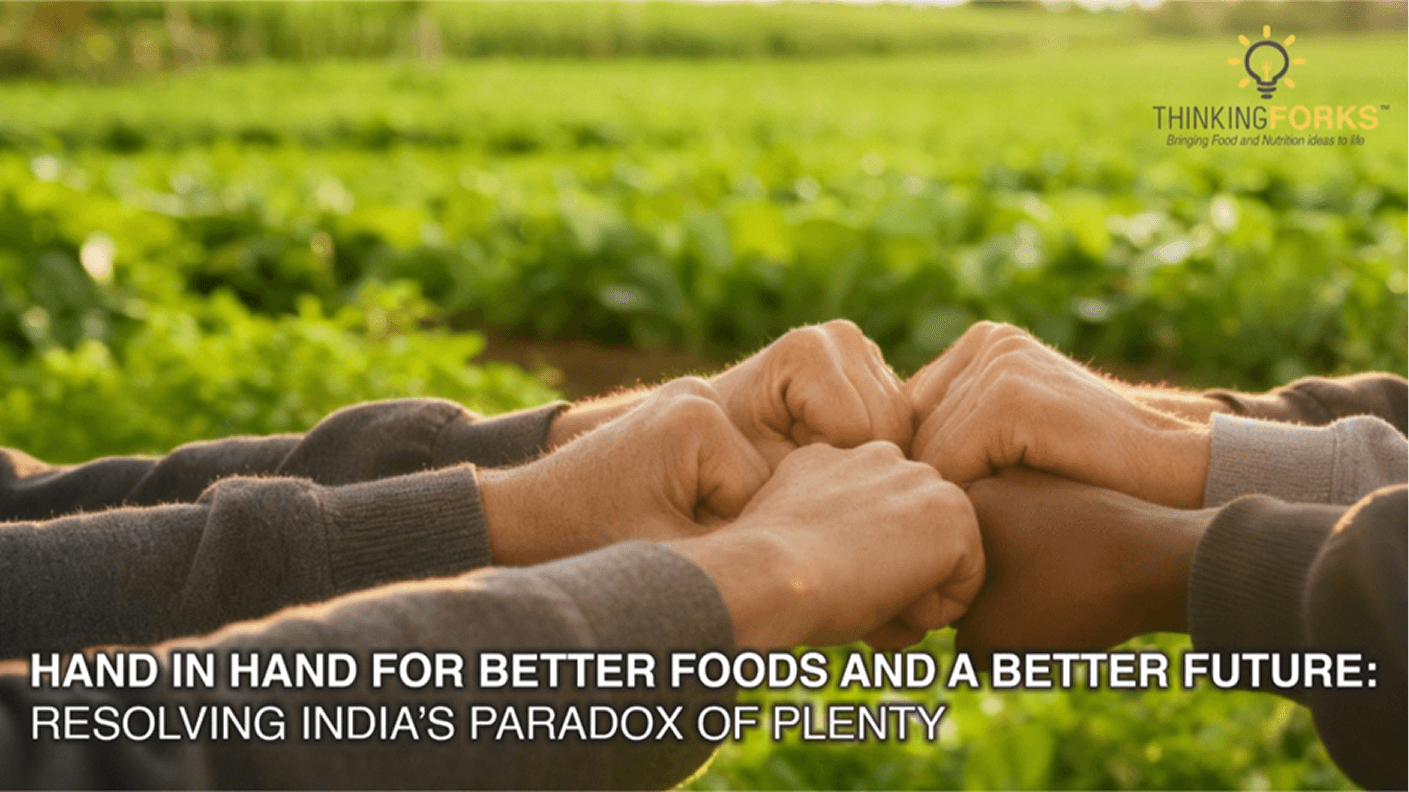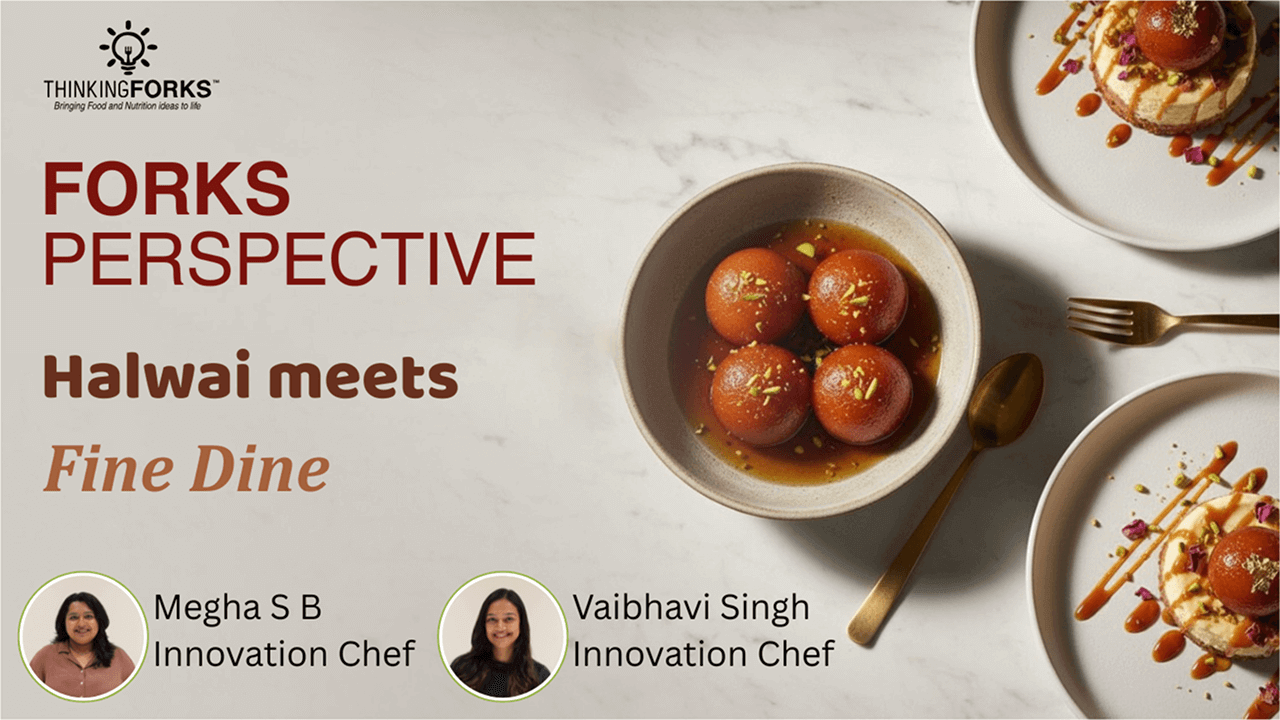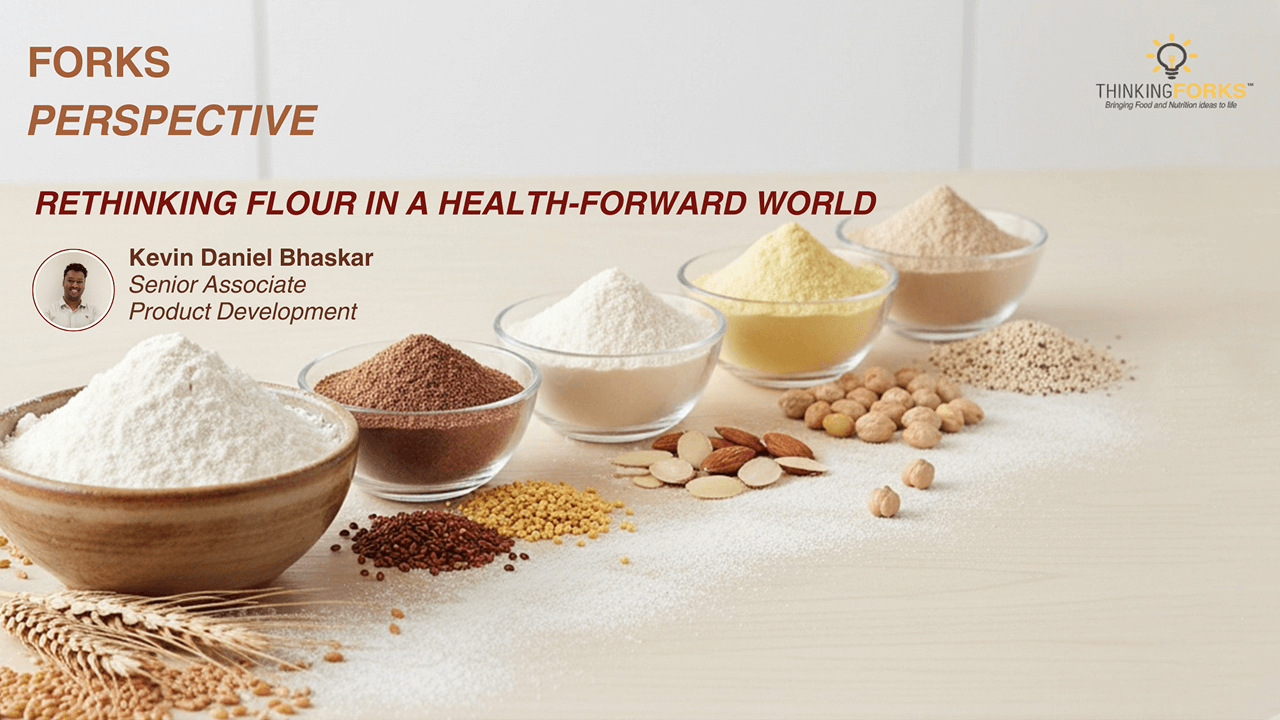Each year, World Food Day on October 16th serves as a powerful global reminder. It is a day to reflect on a fundamental contradiction: in a world capable of producing enough food for all, billions still face hunger and malnutrition. The 2025 theme, “Hand in Hand for Better Foods and a Better Future,” emphasises that when policymakers design inclusive programmes, when businesses commit to responsible sourcing and reduced waste, when academia drives innovation, and when consumers make mindful choices, we move, hand in hand, toward a healthier, more resilient, and equitable food system.
This call for collaborative action resonates with particular urgency in India, a nation defined by a stark paradox of plenty. “Better Foods and a Better Future” will be realised only when every hand that grows, cooks, serves, and eats works together.
From Feeding to Nourishing: Policy Efforts for “Better Foods”
India’s nutrition and food security programmes reflect this commitment. Beyond the well-known Mid-Day Meal (PM POSHAN), several policy frameworks strengthen access to nutritious meals:
- Integrated Child Development Services (ICDS) and POSHAN Abhiyaan focus on early childhood and maternal nutrition.
- The National Food Security Act (NFSA) legally entitles millions to subsidised staples.
- Food Fortification initiatives enhance essential nutrients in rice, wheat, and oils.
- The inclusion of millets and nutri-cereals in public feeding programmes reflects a shift toward sustainable, diverse diets.
- State-led innovations, such as Telangana’s Aarogya Lakshmi and UP’s Take-Home Ration, improve meal quality for women and children.
These programmes represent India’s ongoing journey from calorie security to nutrition security, a key pillar of “better foods.”
The Scale of the Challenge: A System Under Strain
Yet, this progress is dramatically undermined by a parallel crisis. India is one of the largest food producers in the world, yet it is also the second-largest generator of food waste globally. A staggering 40% of the food we produce, approximately 74 million tonnes annually, is lost or wasted, valued at nearly ₹1.52 lakh crore.
According to the 2025 report “Transforming Waste Into Value,” which we at Thinking Forks developed alongside CoFTI, GIZ, and the Food Future Foundation:
- India generates 8% of global food waste.
- Households alone waste 78.2 million tonnes of food annually.
- Post-harvest losses account for ₹1.5 trillion, or 2.35% of GDP.
- The heart of the problem lies in our fresh produce: fruits and vegetables alone account for nearly 60% of this economic value lost, a direct result of broken cold chains and logistical gaps.
At the same time, over 194 million Indians remain undernourished, and the country ranks 105 out of 127 on the 2024 Global Hunger Index. This is our nation’s paradox of plenty.
From Insight to Action: A Conversation on Changing Mindsets
Technical solutions like valorisation are crucial, but they address the symptom, not the source. The most resilient supply chain can still be broken by a disposable mindset. This human dimension, the cultural and behavioral underpinnings of waste, is the next critical frontier, a topic we explored in depth on the “Nutrition Every Day” podcast.
Our founder, Rinka Banerjee, framed this not as an add-on, but as a strategic imperative. She identified the pivotal leverage point: “We are now at a point where we absolutely need to do a lot more education about really reducing food waste at a home level… So really it’s about changing consumer mindset.”
But education must be catalysed into a collective habit. This requires creating cultural moments that make mindfulness mainstream, which is why she championed the vision for “a no food waste day happen in India… you’re making sure that you’re getting into the habit and the culture of avoiding food waste.”
This conversation moves beyond diagnosing the problem to outlineing a clear pathway for societal change.
The full discussion, a masterclass in systems thinking for social change, is available here:
- Apple Podcasts: https://lnkd.in/dMzi9N2y
- Spotify: https://lnkd.in/dBd8YZtG
The “Better Future” Solution: Valorisation in Action
This reframing unlocks a powerful pathway to action. The “Transforming Waste into Value” report highlights food waste valorisation, converting unavoidable and inedible waste into valuable products such as biogas, biofertilisers, animal feed, nutraceuticals, and bioplastics. This
approach not only diverts waste from landfills but also creates new revenue streams, jobs, and low-carbon alternatives.
This is already happening across India’s emerging ecosystem:
- Saving Grains upcycles brewers’ spent grain into high-protein flour.
- The Misfits repurposes imperfect fruits and vegetables into nutritious spreads.
- Wastelink converts bakery waste into nutritious animal feed, preventing 5,000 tonnes of GHG emissions.
- Dharaksha Ecosolutions turns polluting paddy straw into biodegradable packaging.
- Taruwar Agro utilises banana tree waste for fibre and leather products.
These models showcase how a circular economy can create better foods for people and a better future for the planet.
Global Learnings and The Roadmap Ahead
From South Korea’s mandatory segregation and “pay-as-you-throw” models, to the Philippines’ high-value nutrient business from fruit waste, Germany’s volunteer-driven Tafel network, and the UK’s Bio-bean coffee waste-to-fuel initiative, global best practices show that combining policy, innovation, and public participation can deliver large-scale impact.
For Thinking Forks, this report is a blueprint for our daily work. By focusing on food waste valorisation, we can transform this colossal challenge into India’s most powerful engine for sustainable and inclusive growth. This is how we build a system that is inherently less wasteful and more just, transforming our greatest logistical challenge into our most promising engine for sustainable, inclusive growth, truly, hand in hand for a better future.



